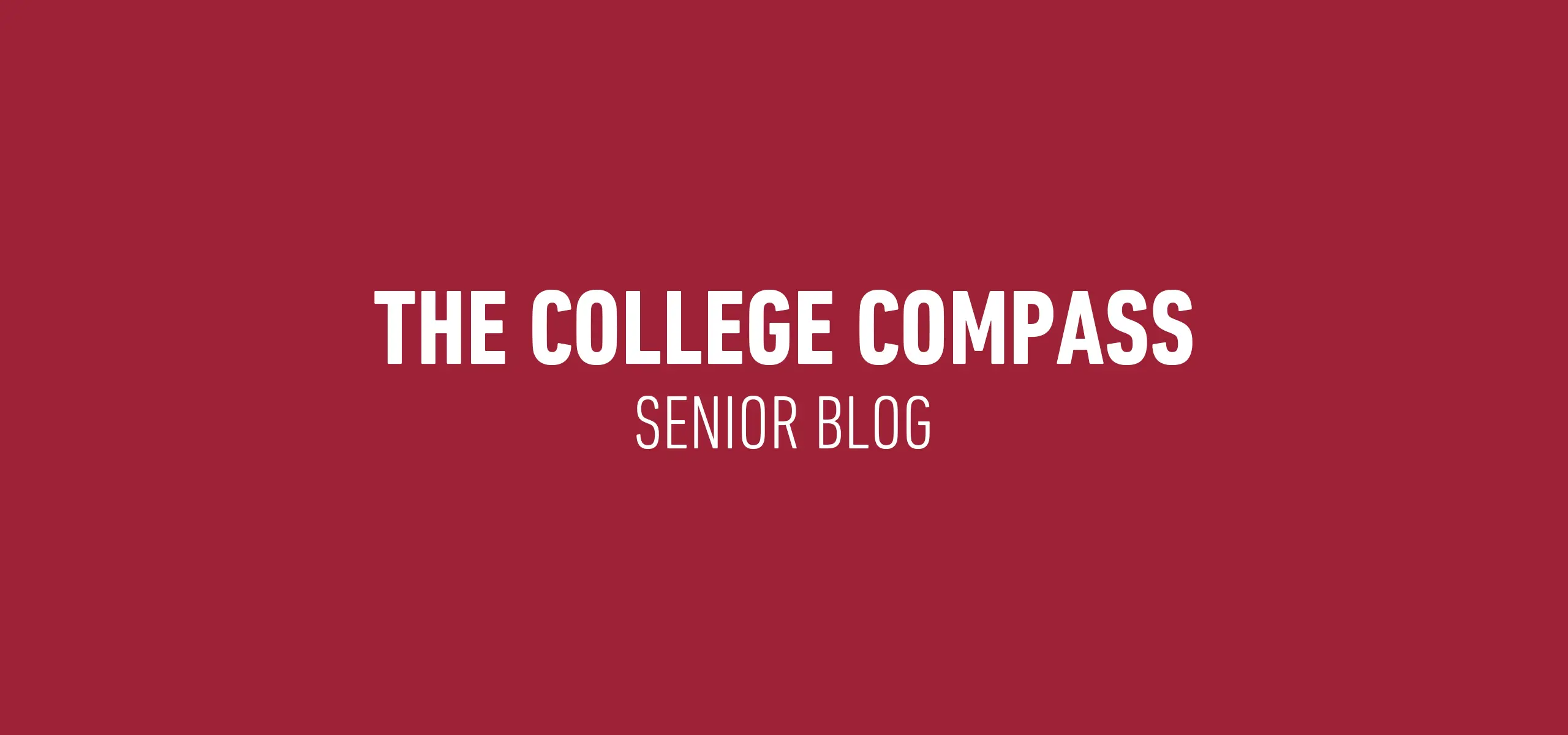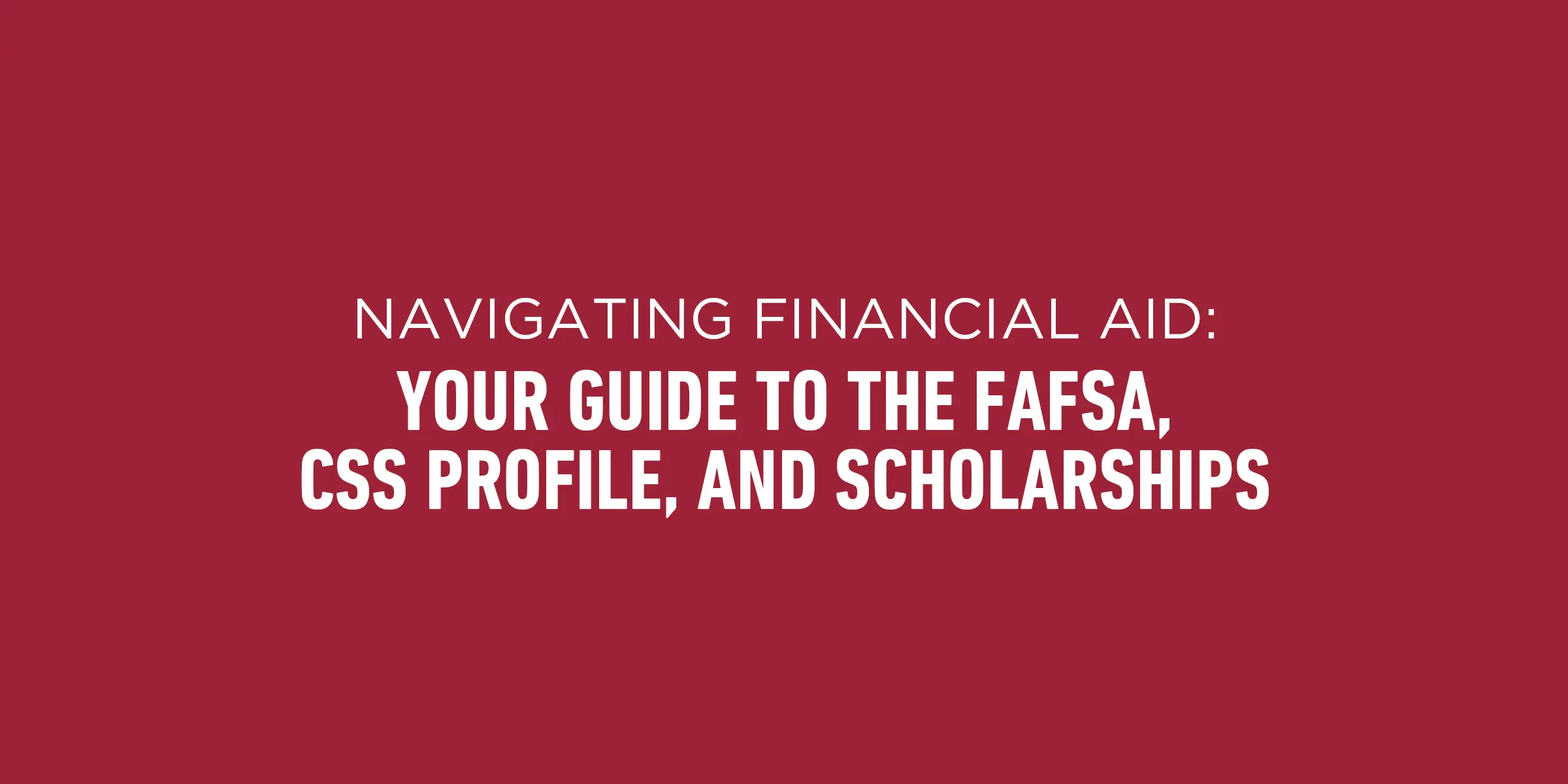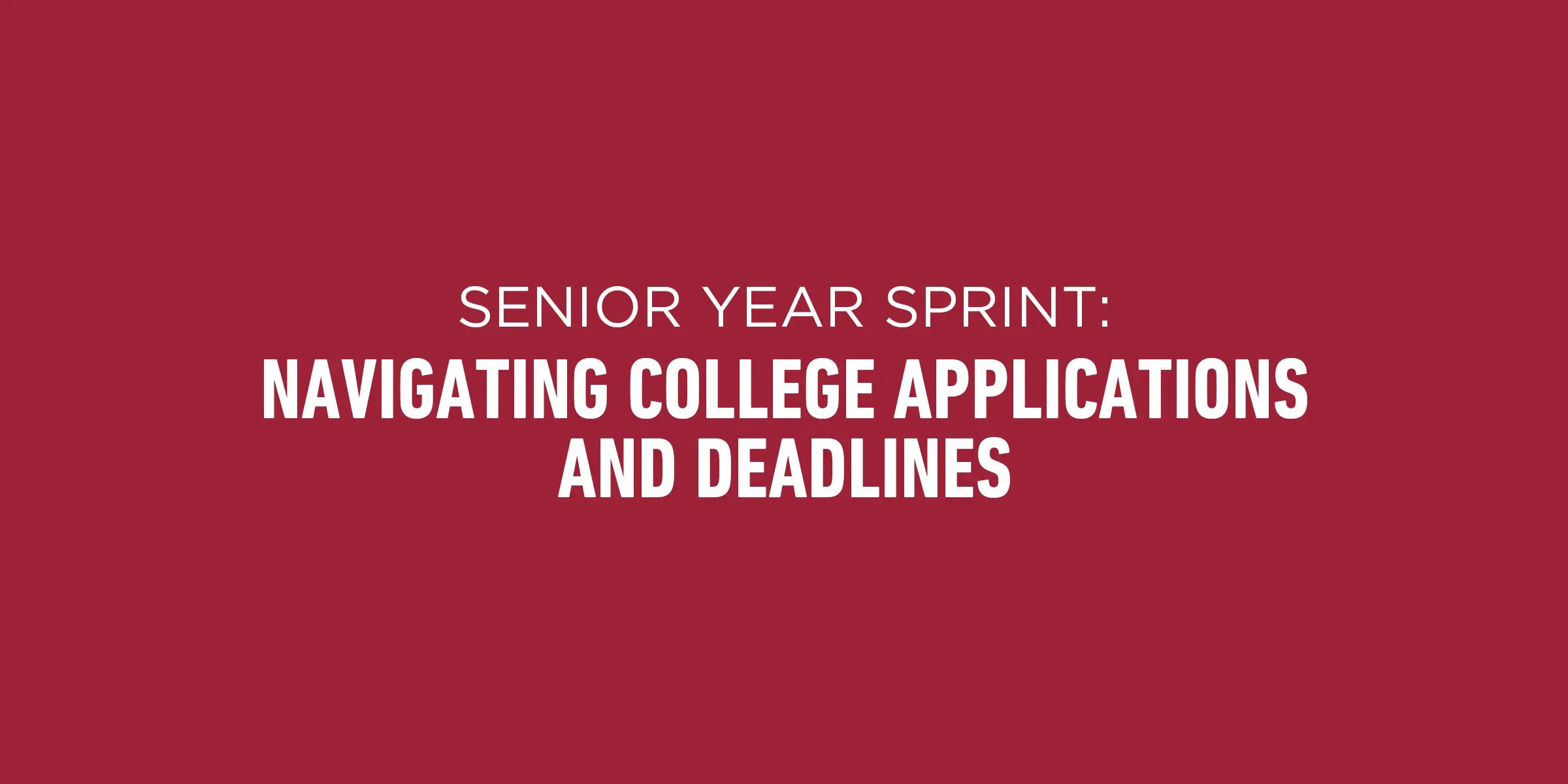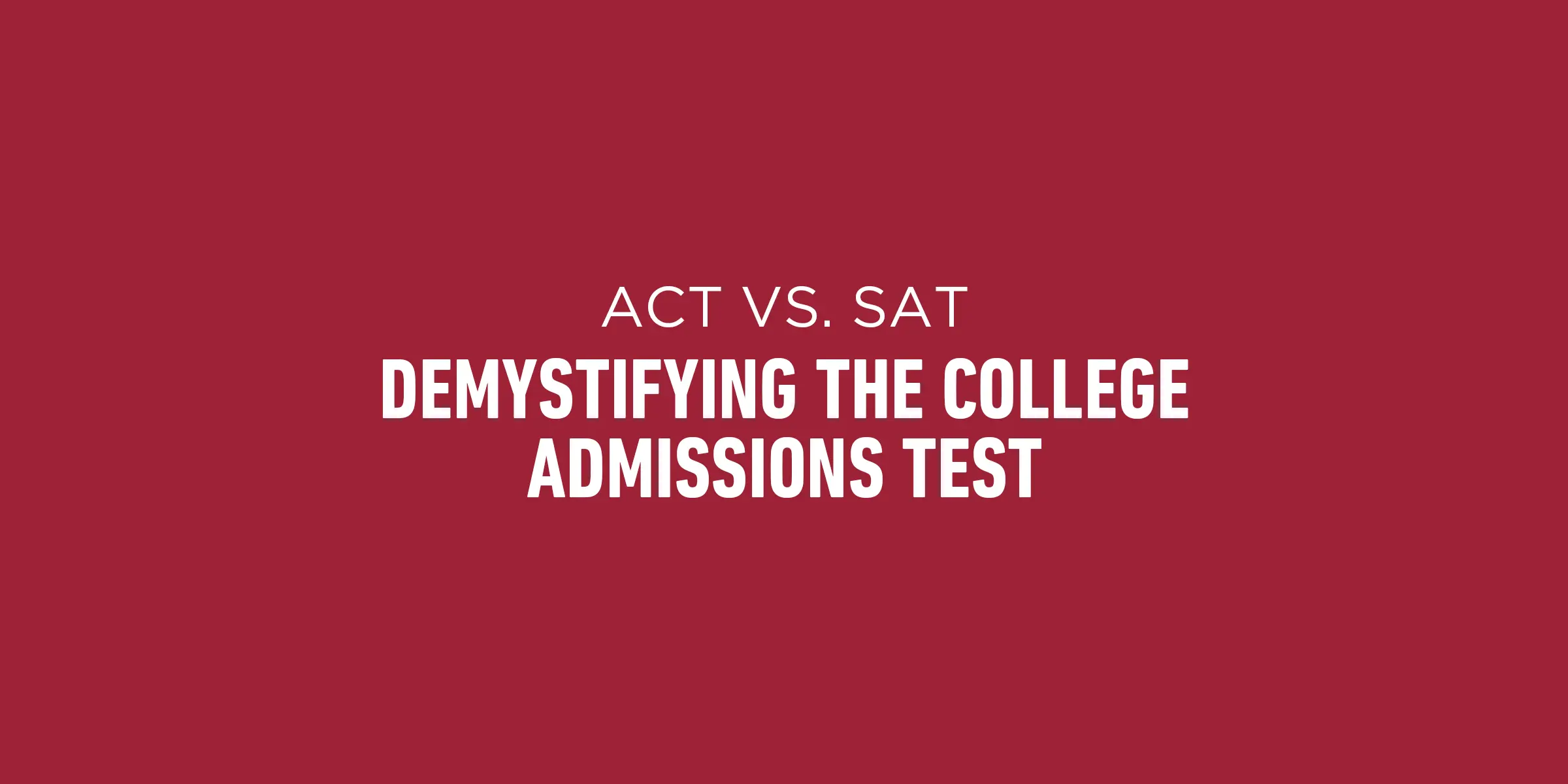SeniorS: Your Guide to the Common Application
September 2025
As you embark on your senior year, the college application process might seem daunting. But fear not! The Common Application, often simply referred to as the Common App, is here to simplify a significant part of that journey.
What is the Common Application?
The Common Application is an online platform that allows you to apply to over 1,000 colleges and universities worldwide with a single application. Instead of filling out a unique application for each school, you complete a core set of information—your personal details, academic history, extracurricular activities, and a personal essay—once. This information can then be sent to any participating institution on your list. Many colleges also have supplemental questions or essays unique to their institution, which you will complete within the Common App platform.
Why Use the Common App? The Benefits Are Clear!
- Efficiency and Time-Saving: This is the primary advantage. Imagine not having to re-enter your name, address, high school courses, and activities for every single application. The Common App streamlines this process, freeing up valuable time during your busy senior year.
- Centralized Management: All your application materials—your main application, essays, recommendations, and even some supplemental forms—are housed in one place. This makes tracking your progress and deadlines much easier.
- One Personal Essay: The Common App provides a set of essay prompts, and you choose one to write a single personal essay that will be sent to all your Common App schools. This allows you to focus on crafting a compelling piece that showcases your unique voice and experiences.
- Fee Waiver Options: For eligible students, the Common App offers a fee waiver request option, making the application process more accessible.
- Deadline Management: The platform helps you keep track of the various deadlines for each college on your list, reducing the chances of missing an important date.
When to Use the Common App
The Common Application typically opens on August 1st for the upcoming admissions cycle. While you can create an account and start exploring the platform before this date, you won't be able to begin filling out the actual application for the new cycle until August 1st.
Here's a general timeline for seniors:
- Summer before Senior Year (Now!): This is an excellent time to create your Common App account, familiarize yourself with the interface, and start brainstorming ideas for your personal essay. The Common App essay prompts are usually released in the spring, so you can even get a head start on drafting your essay.
- August of Senior Year: The Common App officially opens. Begin filling out the "Common App" sections: profile, family, education, testing, and activities. This foundational information will be sent to all your colleges.
- Fall of Senior Year (September - November):
- Early Decision (ED) and Early Action (EA) applications: If you're applying ED (binding) or EA (non-binding) to any schools, these deadlines typically fall in November (e.g., November 1st or November 15th). You'll want to have these applications completed well in advance.
- Work on Supplemental Essays: Many colleges require additional essays specific to their institution. These will become visible once you add colleges to your "My Colleges" list. Start working on these early!
- Winter of Senior Year (December-January)
- Regular Decision (RD) applications: The most common regular decision deadlines are typically in early January (e.g., January 1st or January 15th), though some may be in December or even February.
- Financial Aid: The FAFSA (Free Application for Federal Student Aid) usually opens on October 1st. Be sure to complete this and any other financial aid forms (like the CSS Profile) by their respective deadlines, which can often be earlier than application deadlines.
- Rolling Admission: Some colleges offer rolling admission, meaning they review applications as they are received and send out decisions continuously. For these schools, it's generally best to apply as early as possible once the application opens.
How to Use the Common App: A Step-by-Step Guide
- Create Your Account: Go to commonapp.org and create a first-year applicant account. Use a personal email address you check regularly, not your Dunham email, as it may be deactivated after graduation. Use your legal name.
- Explore the Dashboard and Colleges: Once logged in, you'll see your dashboard. Use the "College Search" tab to find institutions that accept the Common App. Add colleges to your "My Colleges" list.
- Complete the "Common App" Sections: These sections gather your core information:
- Profile: Personal details, demographics.
- Family: Information about your parents/guardians.
- Education: Your high school information, courses, and grades (your counselor will submit your official transcript).
- Testing: Report your SAT/ACT scores (remember to also send official scores directly from the testing agencies).
- Activities: List your extracurricular activities, work experience, and family responsibilities, along with hours and descriptions.
- Writing: This is where you'll select one of the Common App essay prompts and paste or write your personal statement.
- Courses & Grades (if applicable): Some schools may require you to self-report your courses and grades. FERPA: Ensure you understand and complete the FERPA waiver.
- Review "My Colleges" Sections for Each School: Once you add colleges, navigate to the "My Colleges" tab. For each school, you'll find:
- Deadlines: Specific application deadlines for that institution (ED, EA, RD, Rolling).
- Requirements: What is needed for your application (e.g., specific test scores, number of recommendations).
- Questions: Supplemental questions unique to that college.
- Writing Supplements: Any additional essays required by the institution.
- Review and Submit: Before submitting any application, thoroughly review every section. Check for typos, grammatical errors, and ensure all information is accurate. Once you are confident, submit your application! Please note that each college may charge an application fee; however, fee waivers are available to eligible students.
The Common Application is a powerful tool designed to make the college application process more manageable. By understanding how and when to use it, Dunham seniors can approach this exciting chapter with confidence and efficiency. If you have any questions or need assistance, don't hesitate to reach out to the College Placement Team.










-385.png_385.png?version=638525887025100000)